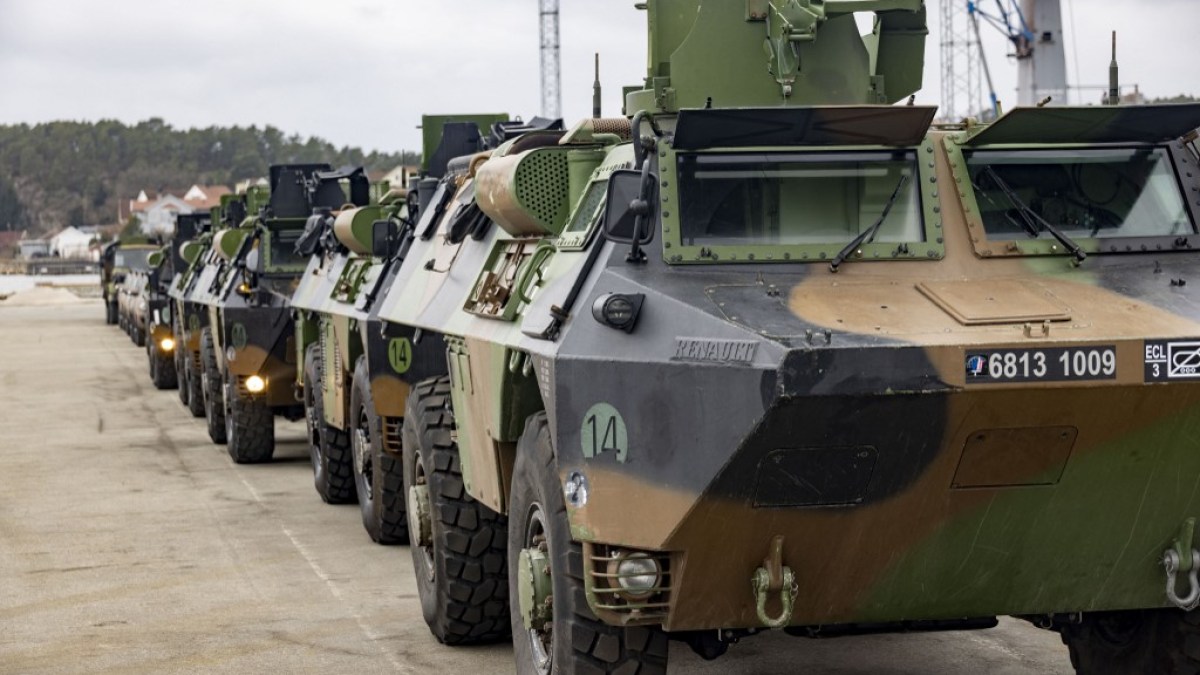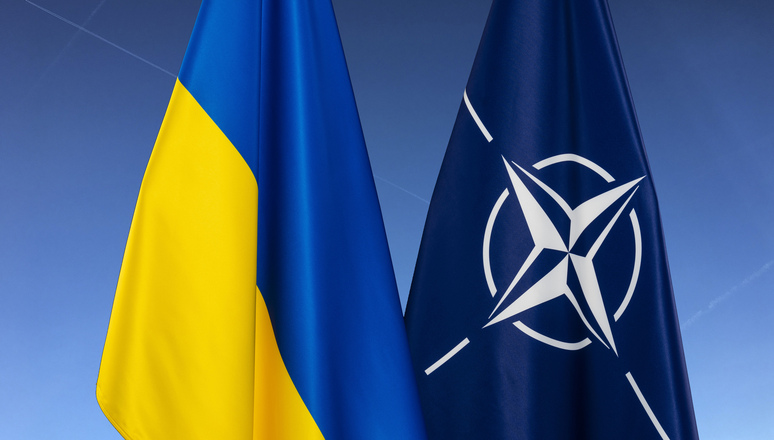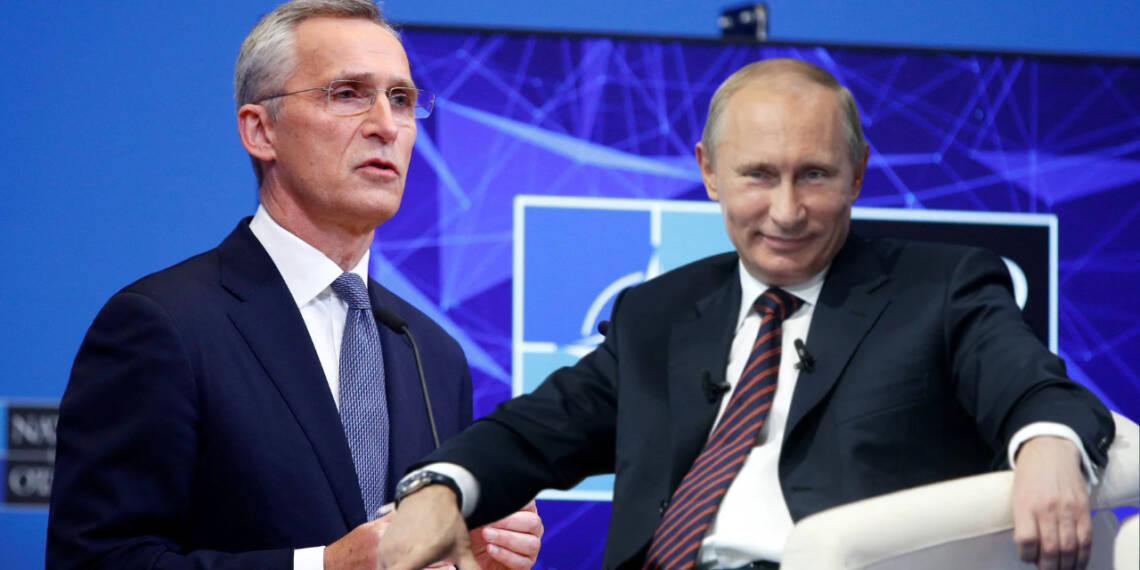Whenever a country is about to join a major military or strategic alliance, it’s highly prone to be attacked by its respective rivals. One only needs to look at Ukraine as an example. When NATO wanted to make Ukraine a member, Kyiv invited the wrath of Moscow. Here, NATO’s provocation led to Ukraine being caught in the haywire of the US’ cold war nostalgia. It’s not the only country that has been stuck in the rivalry between US-backed NATO and Russia. There are others.
In this article, we will explain that NATO uses its expansion as a tool of provocation, much like how dogs use barking to scare people. However, this expansion has not helped the military alliance. It has only helped Russia. This time, NATO is provoking Russia through Norway. So, will Norway be the next victim to become embroiled in the rivalry between US and Russia?
Scholars of international relations are well aware that over time, there are few more probable causes of war than when a nation’s adversary attempts to build alliances with other challengers. Alliances can drastically alter the balance of power between two countries. Thus, when it is indicated that one is likely to occur but has not yet been finalized, the state that will be put in a weakened position is greatly encouraged to fight.

History has several examples of this. For instance, In 1939, when Britain promised to defend Poland, Germany attacked Poland before Britain and France took their positions. Similarly, in 1954, the Chinese communists attacked Chinese nationalist-held islands in an unsuccessful effort to deter an alliance between the United States and Taiwan.
To understand the dynamics at play, we need to understand how NATO’s admission process constantly provokes its adversaries. It was unlikely that Ukraine would join NATO in the near future, yet Russia was so intimidated by the potential prospect that it was prepared to start a war to stop it.
Furthermore, things could get even worse if Sweden and Finland, both of which are eying NATO’s membership proceed with their plans.
NATO’s expansion
In the midst of the Cold War, North American, and European allies established NATO in 1949 with the goal of providing military support to each other in the event of an attack by the erstwhile Soviet Union or its Warsaw Pact allies. Despite the Soviet Union’s collapse in 1991, NATO has subsequently experienced five stages of expansion and has participated in military operations in the Middle East, Africa, and the Balkans.
It started with the 1990 NATO enlargement that accompanied German unification. Russia had no other option but to agree to the peaceful adoption of a new alliance.
However, the same did not happen in 2008, when Russia reacted to the possibility of a new or extended alliance with armed aggression in Georgia.
According to Russian sources, Georgia felt emboldened to attack South Ossetia after NATO decided to admit it as a member. According to the Kremlin, Western nations also contributed by arming Georgia’s military.
At that time, Russia’s then-President Dmitry Medvedev reiterated that NATO’s enlargement led to the Georgian war. He viewed it as a plot by the West to draw an Iron Curtain to isolate Russia saying, “We are in effect being pushed down a path that is founded not on fully-fledged, civilized partnership with other countries, but on autonomous development, behind thick walls, behind an Iron Curtain.”
Read More: Targets missed, job dismissed! NATO fires Jens Stoltenberg
Medvedev also criticized NATO’s absence in the Georgian conflict, stating that it demonstrated the alliance’s inability to maintain security in Europe, highlighting the necessity for a new security system. He said, “What did NATO secure, what did NATO ensure? NATO only provoked the conflict and not more than that.”
NATO in Ukraine conflict
A similar scenario played out in Ukraine. NATO, primarily made up of the US and European nations pride itself on having measures in place to prevent the escalation of hostilities and conflicts between nations.
First, it provoked Russia by assuring Ukraine of including Kyiv in the NATO Membership Action Plan in 2021. NATO continued to make promises to Ukraine about the benefits of its inclusion and membership, but when the time arrived for them to help the Eastern European country and get boots on the ground, it stepped back.
The question that arises from the entire episode is, whether NATO really wanted Ukraine to become a part of its alliance or if it was simply a tactic to provoke Russia, as with Georgia.
Even NATO’s chief expressed doubts about whether Ukraine could survive until the end of the war, stating, “The most immediate and urgent task is to ensure that Ukraine prevails as a sovereign, independent democratic nation in Europe.”
Read More: Finland threatens NATO
Stoltenberg sneakily overturned Zelensky’s NATO bid, stating, “If Ukraine does not prevail as an independent sovereign state, then, of course, the membership issue is not on the table at all.”
There is no harm to state that Ukraine has become a proxy battleground for the US against Russia.
Now, a similar situation is unfolding in Norway.
Norway’s provocation
Every two years, Norway hosts the significant and regular winter exercise known as Joint Viking. The army, navy, and air force as well as allied forces participate in the routine exercise. The goal is to practice defending Norway with allies and community partners.
And, why is this year’s exercise different?
Norway will be conducting the largest military exercise it has ever conducted with its Western partners recently.
More than 10,000 Norwegian and allied soldiers will train to protect Norway, according to the Norwegian Armed Forces. The major action will take place in Troms in the period 4-16 March 2023. In addition, there will be training, classes, and transportation for Norwegians and allies in Norway in January and February.

Not only this, but Norway is also objecting to Russia’s claim over the Arctic. The intelligence agency of Norway has issued a warning over the growing significance of Russia’s nuclear “deterrent” in the Arctic Ocean.
The Norwegian report said that Russia’s submarine capabilities, anti-satellite weapons, and cyber capabilities threaten Norway and the NATO military alliance, and tactical nuclear weapons are “a particularly serious threat in several operational scenarios in which NATO countries may be involved.”

Additionally, it stated that it was not impossible for a small-scale conflict to spread and involve Norway, NATO, and the United States.
The report is not wrong. Norway may be the next battleground as the fight for the arctic grows.
Sweden and Finland
NATO is also taking the fight to Russia’s door. The membership of Sweden and Finland will make the Baltic Sea, an area for NATO forces to operate.
The Kremlin’s initial reaction was one of condemnation, Putin even came and said that it would be no problem if the Nordic countries opted to join NATO. These statements confounded many, but the threat was never off the picture since it was Russia on the other side.
Russia has conducted Naval exercises in the Baltic since despite the war going on to show its strength in the region. Norway’s provocation can have similar retaliation as Russia has already been preparing for it.
Russia’s response to Norway and the West’s arctic claims
Last year, Russia even revisited its Marine doctrine. As per the details, a higher level of engagement of civilian ships in military activities is recommended. The updated draft reads, “This will allow for the inclusion in the Navy of civilian ships and crews and provide the functionality of maritime infrastructure in times of war.”
Although using civilian ships for military purposes is nothing new for countries like China and Russia, the Russian Marine Doctrine provided more precise guidelines. There is a chance that Russia will employ a sizable number of trawlers and fishing vessels for military purposes. A number of them are active in international waters, particularly those off the Norwegian coast.
Additionally, Russia has the ability to militarise its powerful nuclear-powered icebreakers, which are capable of independently piercing the thickest sea ice in the Arctic. In the future, it might even assign its research vessels a more significant military function. This might include the recently launched “Severny Polyus,” a vessel designed to travel through the Arctic Sea ice on its own for up to two years.
Over the course of 2022, the Russian Navy acquired 20 new military ships in addition to five motorboats and 21 support vessels.
NATO’s provocation is a mistake
Russia keeps turning NATO’s provocation to its own benefit, and, Norway’s provocation is bound to end up in a similar fate. NATO plays charades with words but that is not the case when it comes to Russia. Norway’s admission that a small conflict in the region can lead to a war affirms it.
The same may be the case with Sweden and Finland. In January, Russia revealed plans to boost its military to 1.5 million soldiers over the following several years. Defense Minister Sergei Shoigu announced the troop expansion, which is anticipated to be finished by 2026. The Wall Street Journal reported that Russia will also establish military districts in Moscow and St. Petersburg, as well as an army corps in the Republic of Karelia along its border with Finland.
In addition, Moscow will establish “self-sufficient” forces in Ukrainian territory occupied by Russia, according to Shoigu. But for some awkward reason, the Baltic and the Nordic countries are being carried away by the big talks propounded by the Western elites. But, Putin knows how to play the game, and as he previously stated, he will not object to the Nordic nations joining NATO, Russia is already well prepared.








